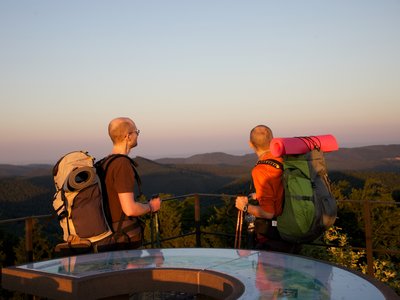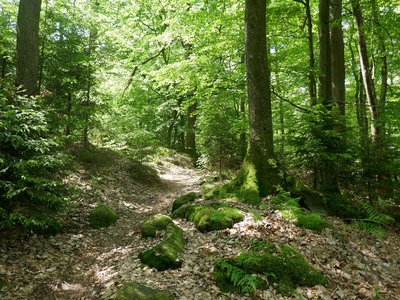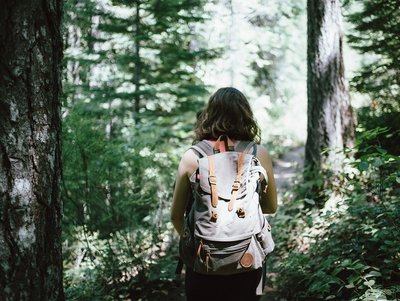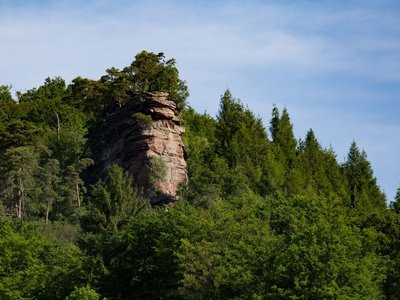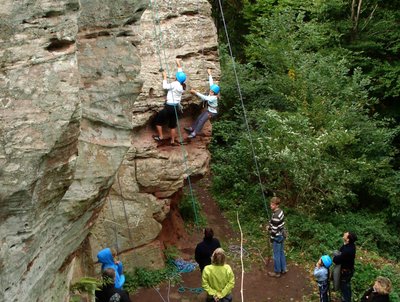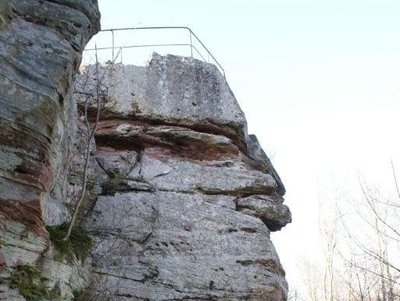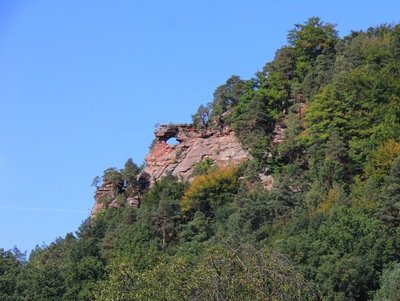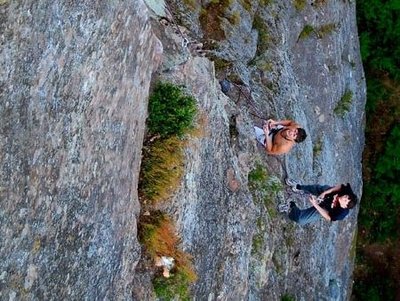
6 steps
43 points of interest
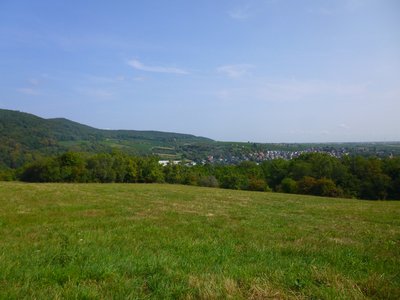
Vue sur Wissembourg et son vignoble - PNRVN - A. Serylo  Panorama
PanoramaWissembourg and the vineyard
Magnificent view of Wissembourg and its vineyards. In the middle of the latter stands the Château St. Paul, the last of the 4 castles built to protect the city.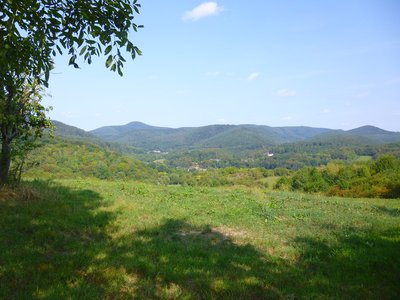
Point de vue sur la vallée de la Lauter - PNRVN - A. Serylo  Panorama
PanoramaLauter Valley
A beautiful view of the Lauter valley. In the village Weiler stands the Langenberg, a former castle from the 13th century.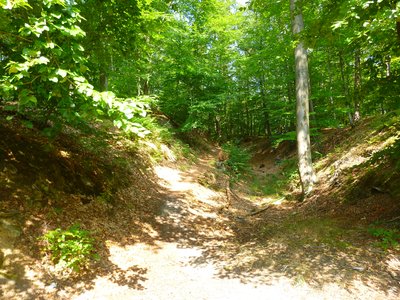
Lignes de la Lauter - PNRVN - A. Serylo 
The Lauter walking trail
Decided by Marshal de Villars in 1706, they were intended to lock the north of Alsace during the war of succession to the Spanish throne (1701-1714). Thus, 50 redoubts and 28 dikes constituted a continuous parapet allowing the valley to be flooded. An important redoubt was named Maréchal de Bourg, the man who improved and increased the lines in the Scherhol area.
 Refuge-shelters
Refuge-shelterscol du Pigeonnier shelter
Shelter and refuge of the Club Vosgien at the Col du Pigeonnier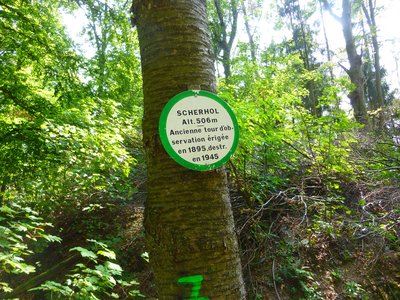
Tour Scherhol - PNRVN - A. Serylo  Historic Sites
Historic SitesScherhol Tower
On the site of an old redoubt of the lines of the Lauter was built a telegraph station from 1795 to 1860, which was replaced by a pyramid of logs to carry out geodesic measurements in 1875 before being used as belvedere to admire the landscape . Replaced by a stone tower in 1895, it served as a watchtower during World War II before being destroyed by the Germans dynamite. It was never rebuilt. More info here.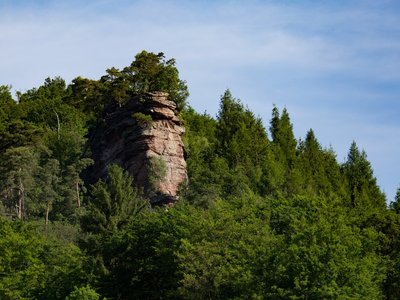
Rocher de Krappenfels - A. Dorschner  Geology
GeologyRocher de Krappenfels
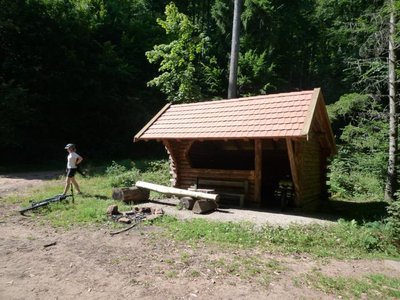
Abri du Hichtenbach - http://www.refuges.info  Refuge-shelters
Refuge-sheltersHichtenbach refuge

 Geology
GeologyRocher des Bohémiens
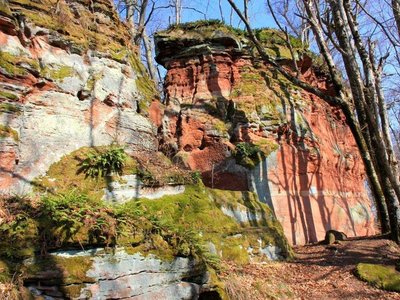
Château fort de Wittschloessel - http://www.randoalsacevosges.com  Castle-church-abbey
Castle-church-abbeyWittschloessel Chateau (Ruins)
The Wittschloessel castle was a simple watchtower on a rocky ridge overlooking the Obersteinbach valley; only a few remains of the sandstone walls remain.
The history of this castle is not well known; it was destroyed at the end of the 17th century.
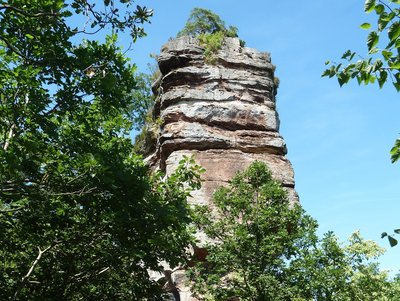
Château-fort du Vieux Windstein - M. SCHAMPION  Castle-church-abbey
Castle-church-abbeyVieux Windstein fortified Chateau
Existing since 1147, it was besieged by the city of Haguenau, the bishop of Strasbourg and Hannemann of Lichtenberg to dislodge knight-brigands by digging a gallery on the west side of the site. It was then partially dismantled. At the beginning of the 16th century, the Duke of Lorraine seized it twice. The castle was burned down before being abandoned in 1664. You can still see a section of the stone wall with bosses, a vestige of the keep. More information here.
SYCOPARC  Geology
GeologyRocher du Vieux Windstein

Château-fort du Nouveau Windstein - M. SCHAMPION  Castle-church-abbey
Castle-church-abbeyNouveau Windstein fortified Chateau
Mentioned as early as 1205 near the Old Windstein, the dwelling was modified at the end of the Middle Ages to be adapted against artillery. After having served as a refuge during the Thirty Years' War, soldiers occupied it between 1652 and 1654 and used it to plunder the region. It was destroyed as a possession of the Eckbrecht family of Durkheim, who had fought against France in the Dutch War. Its defense is based on a shield wall, allowing it to dominate the valley on 3 sides.
Abri du Pottaschkopf - http://www.refuges.info  Refuge-shelters
Refuge-sheltersPottaschkopf refuge
Open shelter on the GR® 53 at 800 m north-east of the Liese pass (Club Vosgien chalet).
- benches all around the small room on the ground floor;
- space to sleep under the roof but difficult to access.
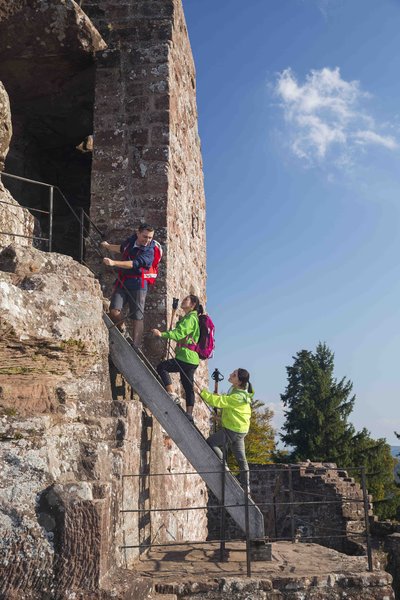
Château du Hohenfels - PNRVN  Castle-church-abbey
Castle-church-abbeyHohenfels Chateau
Castle Hohenfels is built on a peak, difficult access; the rocky bar was deeply cut on the north-east side; from the barnyard there remain only fragments of walls and a cistern; the western platform has preserved some vestiges, as well as a small room dug in the rock; the seigniorial dwelling, at the top of the east rock, has kept its north wall in freestone, on three levels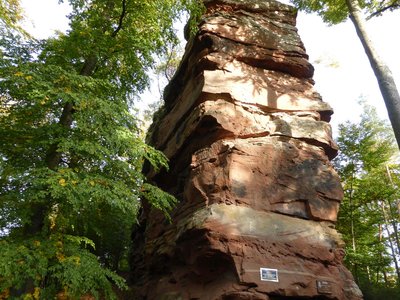
Rocher - château de Hohenfels - SYCOPARC  Geology
GeologyRocher de Hohenfels

Rocher de la Liese - PNRVN - A. Serylo  Small patrimony
Small patrimonyRocher de la Liese
This monolithic block from the Celtic or Gallo-Roman period was damaged in 1935 and 1945. A dubious restoration was carried out in 1951: the block was covered with mortar bearing the effigy of an Egyptian goddess. According to the popular legend, sliding on this rock would allow women to be fertile or to make men fall under their charms that they desired. There are many other legends around this rock.
La tour du Grand Wintersberg - M. Baumgarten  Panorama
PanoramaGrand Wintersberg
On the highest point of the Northern Vosges, the Club Vosgien, the oldest hiking association in France, decided in 1890 to build the highest tower in Alsace. A tower of 25 m and 110 steps is added to the existing 581 m and allows to admire a breathtaking panorama on the massif of the Northern Vosges and the Palatinate, the Lorraine plateau, the plain of Alsace and the Black Forest.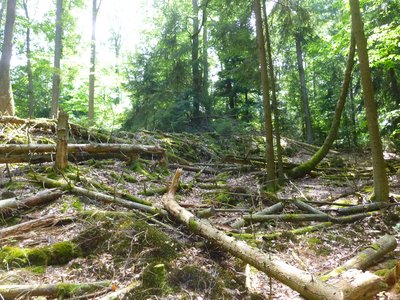
Les vestiges de l'enceinte, de 3m d'épaisseur à la base - PNRVN - A. Serylo  History
HistoryGarden of the Fairies
This rectangular enclosure, with walls 3m thick at the base, built with stones coming from nearby quarries, would date from the medieval period as the dating of fragments of tiles and pottery found on site would indicate. Historians think that it would be a fortified camp which could have been used in 1398 during the siege of Wasenbourg by the troops of the bishop of Strasbourg.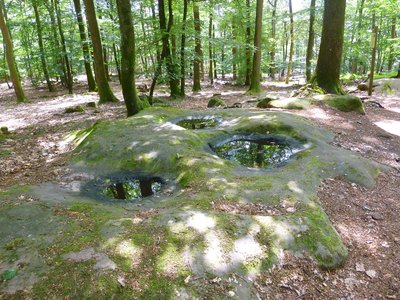
Les pierres à cupules - PNRVN - A. Serylo  Geology
GeologyStones with cup marks
Typical geological formation of the erosion of sandstone, but which can also be the work of the human hand, they have the characteristic to be with pointed bottom instead of round or flat bottom. Almost always containing water, they are connected by small channels. Matthis believed that the altar stones, consisting of a table and a shallow cup, could have been sacrificial places.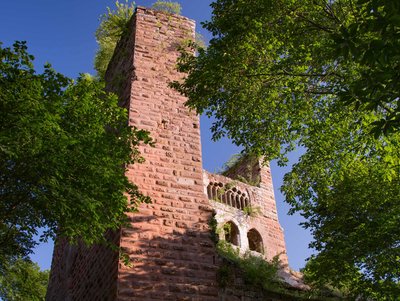
Château de la Wasenbourg - A. Dorschner  Castle-church-abbey
Castle-church-abbeyWasenbourg fortified Chateau
Located on a sandstone peak at an altitude of 410 m, dating from around 1275, the castle, characterized by a 4 m thick shield wall, is strategically placed, right at the entrance to the Falkensteinbach valley. It was inhabited until the middle of the 17th century and was destroyed by the troops of Louis XIV in 1677. It is characterized by a large bay with 9 lancets, unique in Alsace, and by a frieze with a statue of a human head. It was classified as a historical monument in 1898.
 History
HistoryRocher Wachtfelsen
Direct neighbor of the Castle of Wasenbourg, this rock still carries the traces of an old sanctuary of the heights devoted to Mercury, the god the most represented in the Vosges of North, dating from the Roman time. The rock may also have served as an observation post to guard the entrance to the valley.
Vue du sommet sur la canopée - PNRVN - A. Serylo  Panorama
PanoramaWasenkoepfel tower
Located at the top of Wasenkoepfel, this 10 m tower dedicated to the Alsatian poet and ethnologist Auguste Stoeber was built in 1887 by the Club Vosgien. Unfortunately, in the course of time, the surrounding trees have grown, limiting the view to the canopy.

 Refuge-shelters
Refuge-sheltersCol de l'Ugerthal refuge
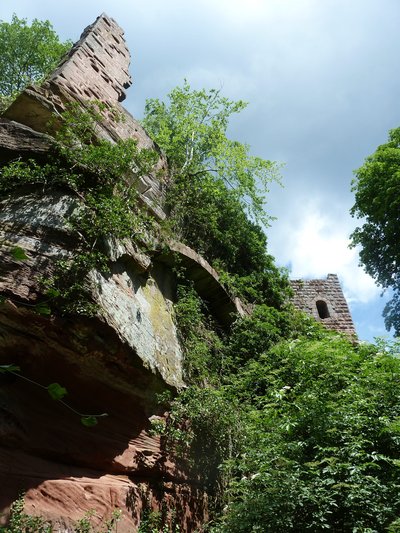
Château Grand-Arnsbourg - schampion  Castle-church-abbey
Castle-church-abbeyGrand-Arnsbourg fortified Chateau
Perched on a rocky ridge 110 m long and 6 to 38 m wide, it dates from the 11th century, although the site has been fortified since the 9th century. Destroyed by the troops of the Bishop of Metz, but rebuilt, it was gradually bought by the City of Strasbourg in 1480. Modernized in the 16th century to resist the emerging artillery, it was finally destroyed in 1676 by the troops of Joseph de Montclar.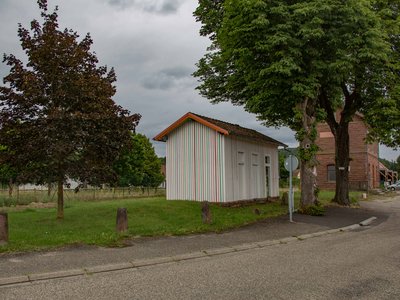
Refuge abribus Bragigand de Wimmenau - A.Dorschner  Refuge-shelters
Refuge-sheltersBragigand bus shelter
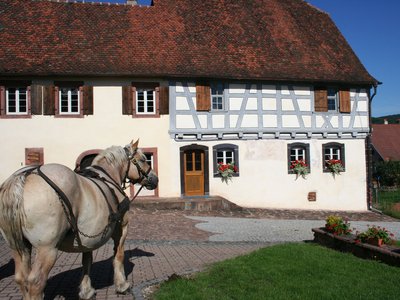
Moulin à huile de Wimmenau - A.Dorschner  Expertise
ExpertiseWimmenau Oil Mill
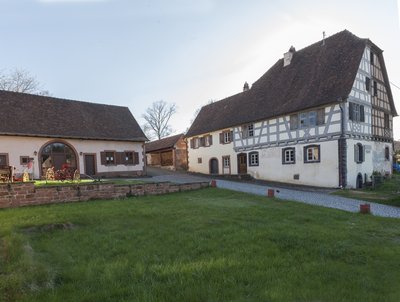
Musée de l'Histoire et des Traditions - R.Letscher  Museum
MuseumMaison de l'Histoire et des Traditions museum
One of the most beautiful houses in Wimmenau is the Swiss Scherer house, built by Bernese who came to repopulate Alsace after the Thirty Years' War (1618-48). Built in the Renaissance style of the Bernese Oberland in 1669, it was transformed in 1718 and 1800. The Association for the Protection of the Heritage maintains it for 20 years and collects the objects of the rural life of the Northern Vosges. The house has been restored strictly respecting archaeological discoveries.
 Refuge-shelters
Refuge-sheltersWimmenau Hiker’s Refuge
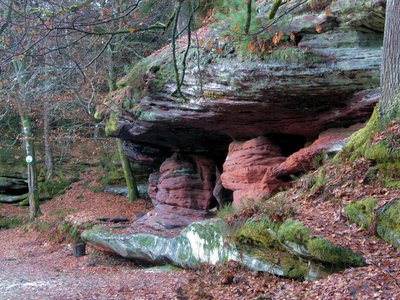
Rocher d'Ochsenstall - A.Dorschner  Geology
GeologyRocher d'Ochsenstall

La Maison des Païens - R. Letscher  Monuments and architecture
Monuments and architectureThe House of the Pagans
Built in 1534 at the initiative of Palatine Count Louis V, its architecture, unique in Alsace, is as much civil as miliary. Built on a rocky promontory overlooking the forest, the site was occupied by a watchtower in the Gallo-Roman era, as evidenced by traces of foundations in the cellar. Considered a high vibratory place, it would mark the location of a Celtic place of worship.
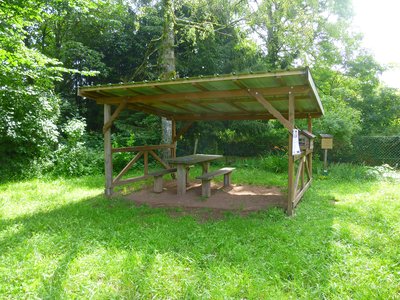
Tables de pique-nique et abri permettent de faire une petite pause dans cet environnement fleuri - PNRVN - A.Serylo  Panorama
PanoramaGarden of the Poets
In the place called Altenbourg is the Poets' Garden, the former garden of the village teachers. Open all year round and equipped with benches and picnic tables, this garden with its flowers and statues, including one by Serge Wittman, is an excellent viewpoint over the Staedtel.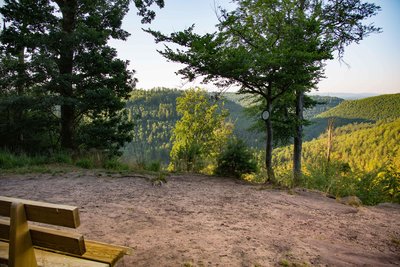
Le Rocher du Corbeau et son banc pour admirer le paysage - A.Dorschner  Geology
GeologyRocher du Corbeau
Oder Rabenfels. Dieser 13 m hohe und 12 m lange Felsen bildet den Rand des Altenburger Plateaus. Seine imposante Natur wird noch deutlicher, wenn man um ihn herumgeht.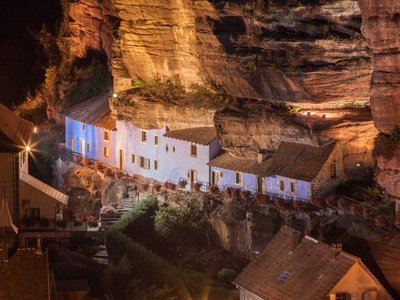
Maisons des Rochers - A.Dorschner  Historic Sites
Historic SitesMaisons des Rochers (houses built into the side of the mountain) Graufthal
The Maison des Rochers is located in the hamlet of Graufthal in the Eschbourg commune of the department of Bas-Rhin. These three semi-troglodyte rock houses were restored and refurbished with furniture and mementos of the past in 1958. They were included in the supplementary inventory of historical monuments in 1988. Today they are maintained by an association dedicated to their development, and are open to visitors.
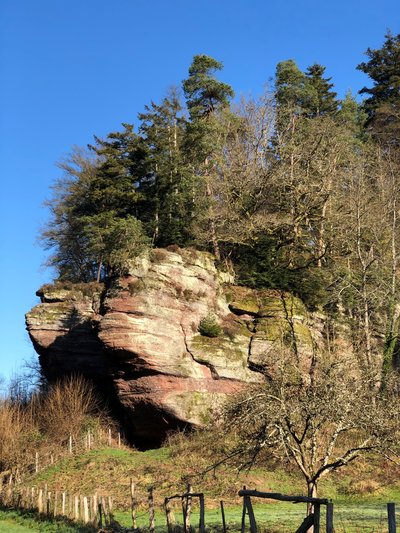
Rocher d'Oberhof, mars 2019 - Gabriel HIRLEMANN  Geology
GeologyRocher d'Oberhof

 Geology
GeologyRocher du Saut du Prince Charles
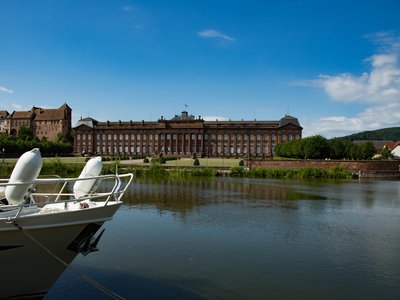
Château des Rohan - A.Dorschner  Monuments and architecture
Monuments and architectureRohan Chateau
With its huge neoclassical facade, the castle recalls the glory of the Bishops Princes and testifies to the historic role of Saverne. If the construction of the castle, begun in 1779, was interrupted in 1789 because of the Revolution, it replaced from 1790 the old square castle. In ruins and threatened with demolition at the beginning of the 19th, it was finally restored by Napoleon III before being transformed into barracks after the war of 1870. It was acquired by the city of Saverne in 1952.
 Small patrimony
Small patrimonyFontaine de la Licorne (Fountain of the Unicorn)
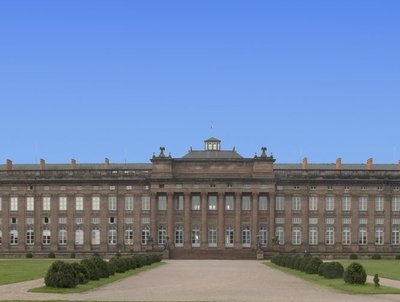
Château des Rohan - http://www.crdp-strasbourg.fr  Museum
Museum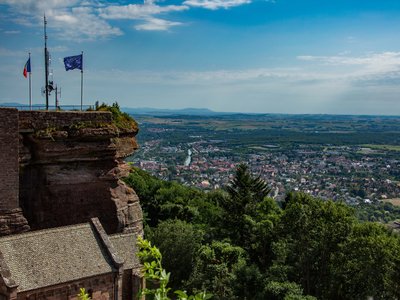
Château-fort du Haut Barr - A.Dorschner  Castle-church-abbey
Castle-church-abbeyHaut Barr fortified Chateau
The castle existed from the beginning of the 12th century and was enlarged over the years before being dismantled in 1649. The chapel, built between 1170 and 1180, escapes the dismantling and is restored. Between 1701 and 1801, new elements appeared, like a telegraph station, barracks, a house. The last two elements were destroyed in 1845 and 1918. In 1901, a hotel restaurant was built.
Tour de l'ancien Télégraphe Chappe - Office de Tourisme du Pays de Saverne  Small patrimony
Small patrimonyChappe Telegraph Tower
Located near the castle of Haut-Barr, this tower was once part of the telegraph line connecting Paris to Strasbourg from May 31, 1798, until 1852. It was rebuilt in 1968. Today is a museum.
Château fort du Grand Géroldseck - A.Dorschner  Castle-church-abbey
Castle-church-abbeyGrand Géroldseck fortified Chateau
Built in the 12th century by the lords of Géroldseck to protect their territories on a rock whose irregular shapes it follows, it combined housing and defense functions. Later it became a den of robbers and was besieged and destroyed in 1471. One can still see the square keep made of rusticated stones, the cellars of the large seigniorial dwelling and the barbican.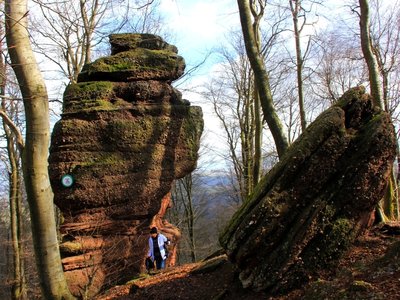
Rocher du Hibou - G.Schnell - http://www.randoalsacevosges.com  Geology
GeologyRocher du Hibou

 Castle-church-abbey
Castle-church-abbeyRocher du Dabo
In the 10th century, a castle was perched on this impressive sandstone rock. However, destroyed by the troops of Louis XIV, the rock remained bare for 150 years before a chapel was erected there in memory of Leo IX, Pope of the High Middle Ages born in Dabo. Destroyed in 1889, it was immediately rebuilt and an observation tower was added to its sides.
Forecast
Altimetric profile
Sensitive areas
- Impacted practices:
- Aerial, Aquatic, , Underground, Land, Vertical
- Sensitivity periods:
- JanFebMarAprMayJunJulAugSepOctNovDec
- Contact:
- Email : contact@parc-vosges-nord.fr Tél. : 03 88 01 49 59
- Impacted practices:
- Aerial, Aquatic, , Underground, Land, Vertical
- Sensitivity periods:
- JanFebMarAprMayJunJulAugSepOctNovDec
- Contact:
- Email : contact@parc-vosges-nord.fr Tél. : 03 88 01 49 59
Information desks
Tourist Office of Hanau - La Petite Pierre
2A rue du Château, 67290 La Petite-Pierre
Tourist Office of Alsace Bossue
90 rue Principale, 67430 Lorentzen
Hunspach Information Office - Tourist Office of Green Alsace
3 route de Hoffen, 67250 Hunspach
2 route de Bitche, 67510 Lembach
Information Office of Niederbronn-les-Bains - Head Office of Alsace Verte Tourist Office
6 place de l’Hôtel de Ville, 67110 Niederbronn-les-Bains
Wissembourg Information Office - Tourist Office of Green Alsace
2 place du Saumon, 67160 Wissembourg
Pays de Bitche Tourist Office - Baerenthal - Philippsbourg branch
1 rue du printemps d'Alsace, 57230 Baerenthal
Report a problem or an error
If you have found an error on this page or if you have noticed any problems during your hike, please report them to us here:

